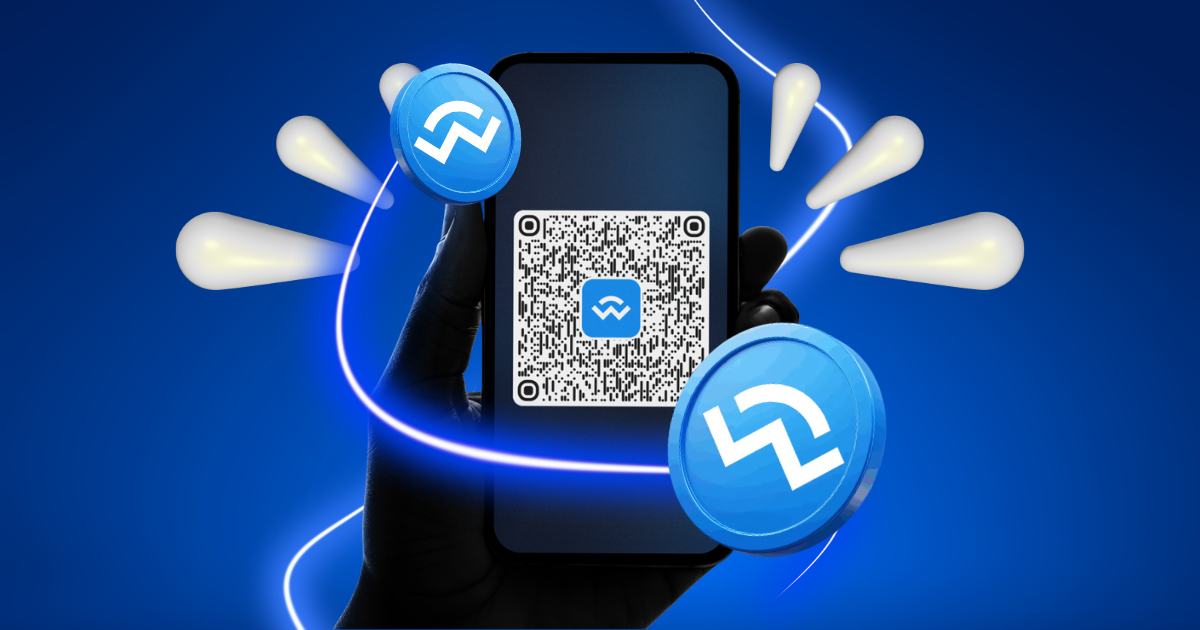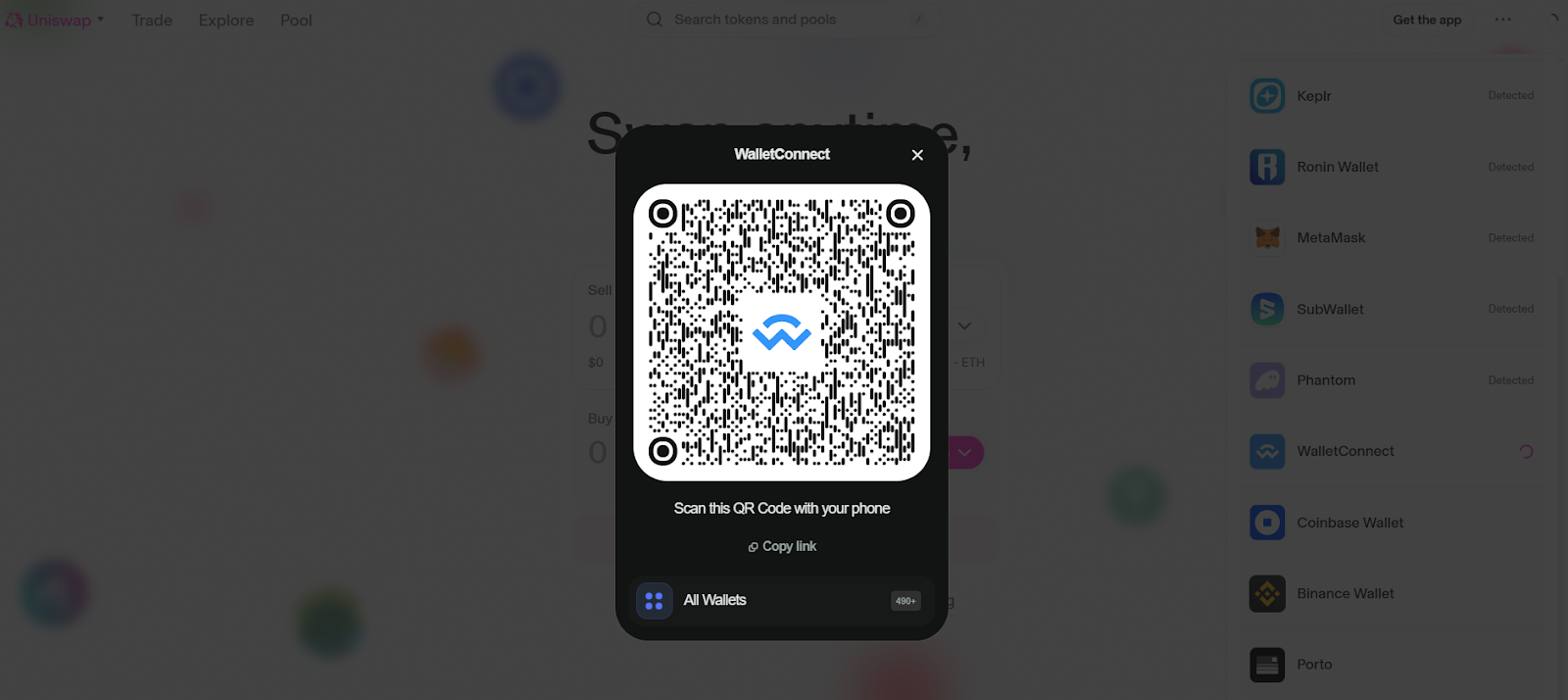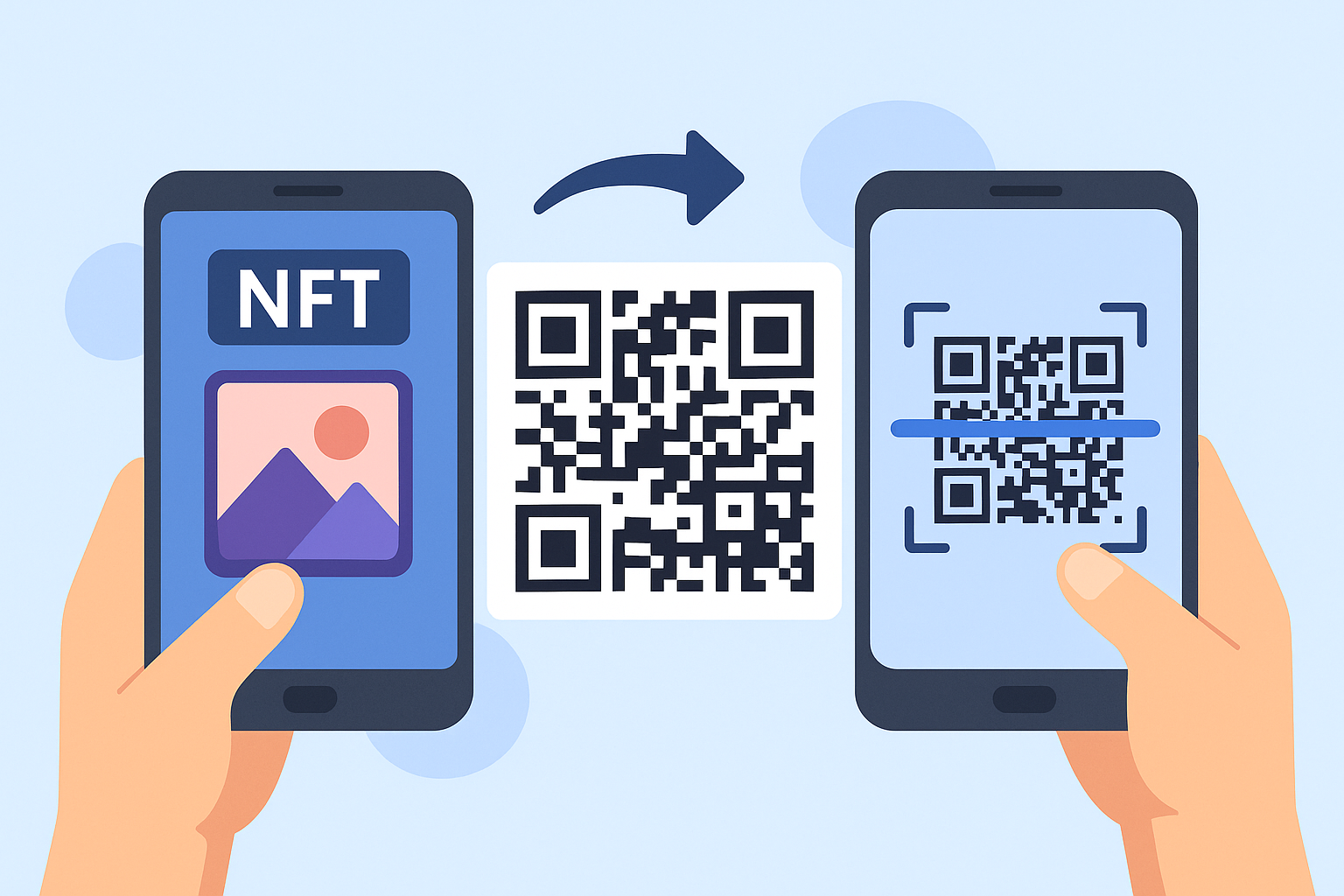
Wallet addresses are long alphanumeric strings, transactions require careful confirmations, and sending tokens incorrectly can result in irreversible losses. This is where QR codes enter the picture. A QR code, short for Quick Response code, is a type of two-dimensional barcode that can store information such as text, URLs, or wallet addresses. It is a tool that makes blockchain interactions easier, faster, and safer.

In blockchain applications, QR codes serve as a bridge between digital wallets and decentralized applications (dApps). The QR code can encode:
When a user scans the QR code using a mobile wallet or dApp interface, the encoded information is automatically loaded, allowing them to review and confirm the transaction before signing. This not only speeds up the process but also ensures accuracy, reducing the risk of mistakes.
QR codes have become a key usability feature in blockchain, simplifying interactions for beginners and advanced users alike. They allow users to scan wallet addresses, pre-filled transaction amounts, and optional metadata to interact with decentralized applications (dApps) quickly and securely. QR codes are especially effective when integrated with protocols like WalletConnect, which connects mobile wallets to dApps across multiple chains.
Wallet Connections via WalletConnect:
WalletConnect uses QR codes as a secure handshake mechanism between a user’s mobile wallet and a desktop or browser-based dApp. Instead of manually entering a public key or exposing private keys, users scan a QR code generated by the dApp. This establishes an encrypted session, allowing the wallet to sign transactions safely while keeping the private key on the user’s device. Multi-chain support is also possible, letting users interact with Ethereum, Polygon, Binance Smart Chain, and other networks.
Peer-to-Peer Payments:
QR codes enable fast and error-free crypto payments. Merchants or service providers can generate QR codes containing wallet addresses and exact amounts. Users scan the code with their mobile wallet (or through WalletConnect) to confirm the transaction instantly. This avoids mistakes common with manual address entry.
NFT Transfers and Sales:
When sending or selling NFTs, QR codes can encode both the recipient’s wallet and the NFT ID. Users can scan the code to ensure the NFT is sent to the correct wallet.

QR codes are especially helpful for new users, who may struggle with blockchain-specific challenges such as remembering long public keys, understanding gas fees, or entering transaction amounts manually. They make interacting with complex systems intuitive, secure, and efficient.